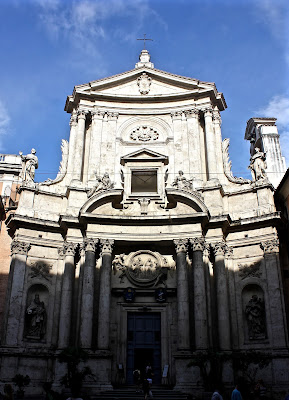A Tapestry of Faith: The Pope, the King, and the Sistine Chapel’s Living Theology.
Today’s service in the Sistine Chapel marked a moment of profound historic and theological significance. Led by Pope Leo XIV, joined by King Charles III, and co-presided over by Stephen Cottrell, Archbishop of York, it signaled a deep ecumenical gesture between the Roman Catholic Church and the Church of England - the first such public act of shared worship by a British monarch and a pope in nearly five centuries. Beneath the awe-inspiring frescoes of the chapel - a space that has witnessed popes’ conclaves since its consecration in 1483 - this encounter unfolded in a setting laden with theological depth, artistic grandeur and ecclesial memory. It drew together the themes of creation, reconciliation and shared responsibility, reflecting both the patrimony of the Christian tradition and the urgency of our common vocation in today’s world.
Moreover, the conferral of the honor on King Charles at the Basilica of Saint-Paul-Outside-the-Walls as Royal Confrater underscores the longstanding spiritual links between the British monarchy and the Roman see - an acknowledgement not only of history, but of a renewed commitment to unity and mission. In sum: today was not just a diplomatic visit, but a liturgical and symbolic landmark - a service that reclaims centuries-old divisions, honors a sacred space rich with art and doctrine, and opens a new chapter in the journey of Christian communion. The liturgy was enriched by the noble strains of the Anglican choral tradition, as the Choir of St George’s Chapel and the Children of His Majesty’s Chapel Royal sang alongside the Sistine Chapel Choir - an unprecedented musical dialogue echoing through the same space where Raphael, Michelangelo, and Perugino once gave form to theology in art.
A very interesting detail about the Sistine Chapel service today was the extraordinary display of Raphael's tapestries. Commissioned by Pope Leo X between 1515 and 1516, Raphael’s tapestries for the Sistine Chapel were designed to complement Michelangelo’s ceiling (1508–1512) and the earlier wall frescoes by masters such as Botticelli, Ghirlandaio, Perugino, and Pinturicchio, which depict scenes from the lives of Moses and Christ. Raphael created ten monumental cartoons (full-scale designs) illustrating episodes from the Acts of the Apostles, focusing on Saint Peter and Saint Paul - the founders of the early Church.
The cartoons were sent to Brussels, the center of tapestry weaving, where Pieter van Aelst’s workshop produced the tapestries in rich silk and gold threads. The Brussel's cartoons were later acquired by King Charles I who kept them at Whitehall Palace. Following his execution in 1649, the Commonwealth government seized the Royal Collection but chose not to sell the cartoons, valuing them as practical tapestry patterns rather than royalist art. They were stored and occasionally used at the Mortlake Tapestry Works. After the Restoration in 1660, Charles II reclaimed them for the Crown, displaying them at Hampton Court. In 1865 Queen Victoria lent them to the South Kensington Museum (now the V&A), where they remain to this day. When the tapestries were completed, they were displayed in the Sistine Chapel below the fresco cycles, creating a visual dialogue between the Old and New Testaments - and symbolically between papal authority and divine inspiration. Because of their immense value and delicate nature, the original tapestries are only hung on special occasions, marking moments of exceptional significance in papal ceremonies. Today the Sistine Chapel stood in its full glory and deepest meaning: Michelangelo above, the stories of Moses and Christ along the walls, and Raphael’s rare tapestries completing the vision - unveiled only for moments of the highest solemnity. Today, the Sistine Chapel revealed its entire iconographic harmony - finally made whole again.
The service also evoked the long history of Europe’s monarchies and their ties to the great papal basilicas. For centuries, crowned heads have been linked to Rome’s sacred sites, each patronage reflecting both devotion and diplomacy. In this moment, the British monarchy’s association with St-Paul’s-outside-the-Walls took on renewed meaning - symbolically uniting the legacy of Peter and Paul, whose meeting and shared witness are depicted in the chapel’s very frescoes. As Peter’s successor and Paul’s spiritual heir stood represented by Pope Leo and King Charles, the occasion became not only an act of worship, but a living image of the Church’s apostolic harmony - Peter meeting Paul once again beneath Michelangelo’s heaven and indeed in Perugino's Christ Handing of the Keys to Saint Peter. It was the culmination of two of Christianity’s most sublime traditions: the grandeur of Roman art and the transcendental beauty of Anglican music, each shining in its full glory beneath Michelangelo’s vault - only the mystery of Constantinople was missing.






